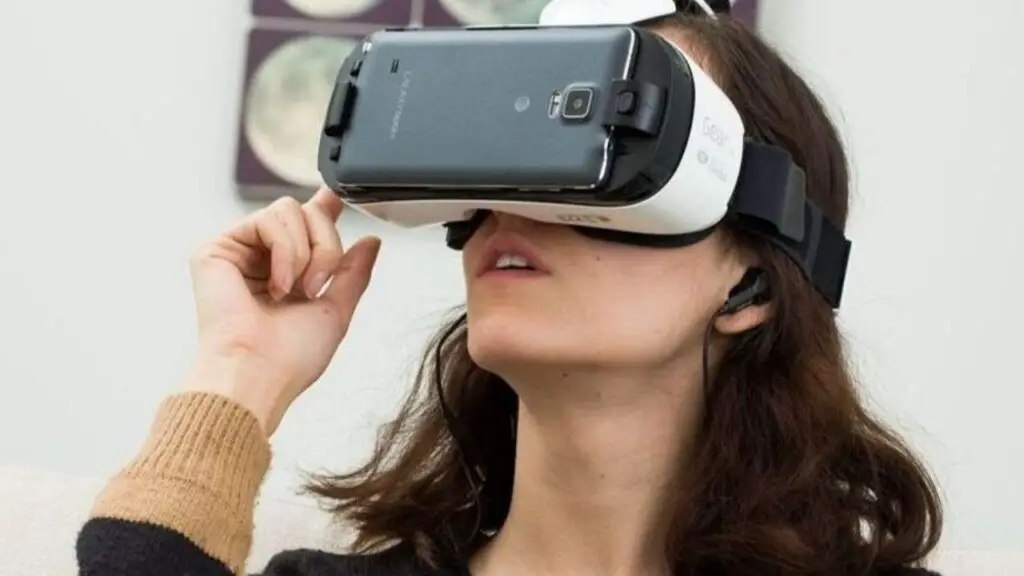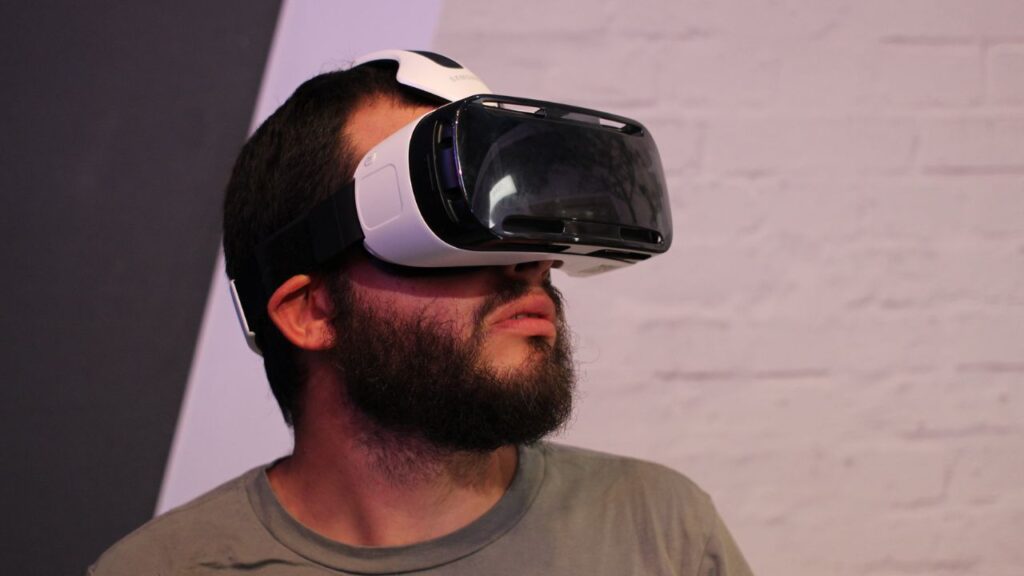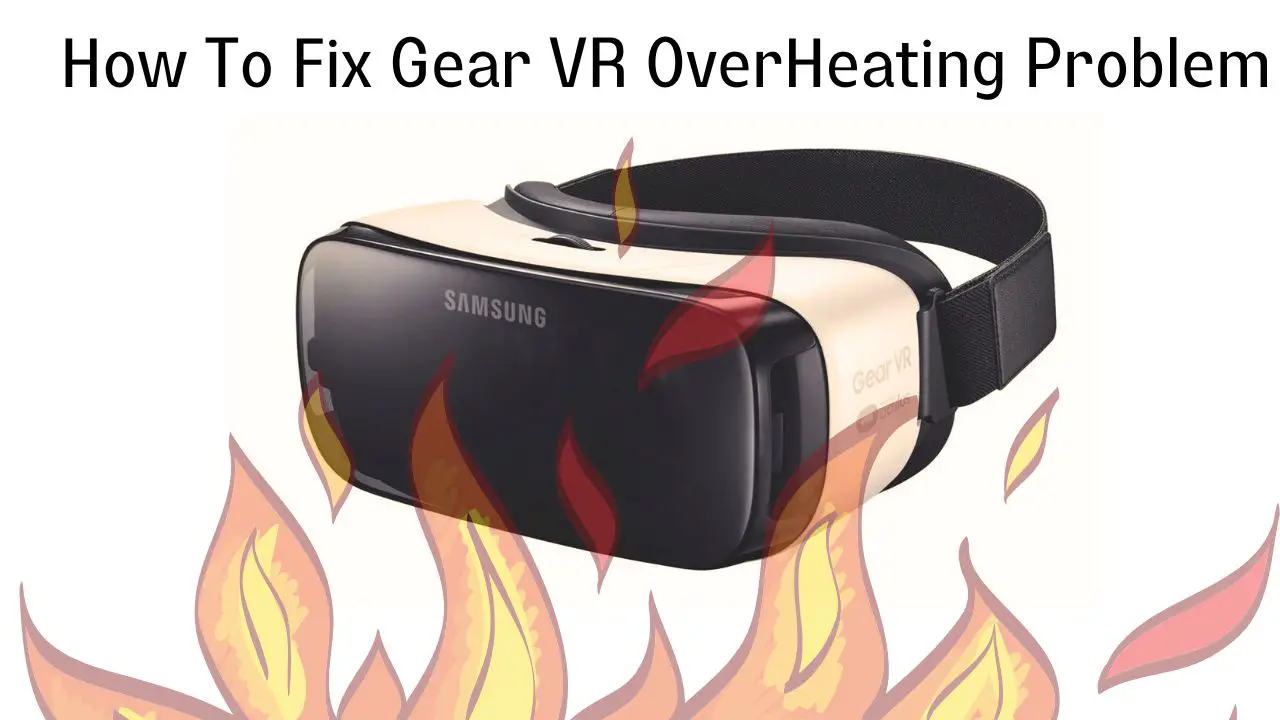Experiencing overheating issues with your Gear VR headset can be frustrating, especially when you’re in the middle of an immersive virtual reality experience. This guide is designed to help you troubleshoot and resolve the overheating problem without compromising your gaming or entertainment sessions.
We’ll explore practical solutions that are easy to implement, ensuring your Gear VR stays cool and performs at its best. Let’s dive into the world of VR maintenance and ensure your Gear VR remains a reliable companion on your adventures.
Common Symptoms of Overheating
Overheating is a common concern for many tech enthusiasts, particularly those who rely on their Gear VR for immersive experiences. When your Gear VR starts to overheat, it’s like a red flag warning you that something needs attention.
The following symptoms are indicators that your headset may be experiencing excessive heat:
System Shutdowns
The most immediate sign of overheating is when your Gear VR suddenly powers off. This abrupt halt is often accompanied by a message indicating that the system has been shut down to prevent damage due to overheating. It’s a protective measure taken by the device to safeguard its internal components from potential harm.
Thermal Throttling
Thermal throttling is another telltale sign of overheating. As the headset heats up, it begins to slow down its performance to reduce power consumption and heat generation. This means you might notice reduced frame rates, lagging graphics, or even stuttering during gameplay. It’s a temporary solution to keep the device within safe operating limits, but it’s far from ideal for a smooth VR experience.
Unexpected Battery Drains
An unexpected decrease in battery life is a third symptom that can indicate overheating. Your Gear VR’s battery should last several hours between charges, but if you find it draining faster than usual, it could be a sign that the device is working harder than it should to compensate for the heat. This rapid drain can lead to frequent charging sessions and a shorter overall lifespan for your battery.
To avoid these issues, it’s crucial to identify the root cause of the overheating and address it promptly. By understanding these symptoms, you can take proactive steps to ensure your Gear VR remains cool and continues to deliver the high-quality VR experience it was designed for.
Remember, regular maintenance and proper care can go a long way in preventing overheating and keeping your Gear VR running smoothly.
Potential Causes of Overheating
Understanding the various causes behind overheating in your Gear VR can help you pinpoint the exact issue and apply the right solution. Here are some common culprits that contribute to this problem:
Environmental Factors
Your surroundings play a significant role in whether your Gear VR runs hot or stays cool. High ambient temperatures and humidity levels can exacerbate the heat generated by the device. For instance, using your headset in a stuffy room or near a heater can quickly raise the internal temperature, leading to overheating.
Headset Design Flaws
Sometimes, the design of the headset itself can contribute to overheating. Poor ventilation channels or insufficient cooling mechanisms can trap heat inside the device, causing it to overheat. Manufacturers are continually improving upon their designs, so if you have an older model, it might be worth checking for any known issues related to overheating.
Software Bugs
Software glitches can also lead to overheating. Sometimes, the firmware or application running on your Gear VR may have bugs that cause the device to work harder than necessary, resulting in increased heat production. Keeping your headset updated with the latest software patches can help mitigate such issues.
Accumulation of Dust and Debris
Dust and debris are the silent killers of electronic devices. They can accumulate in the nooks and crannies of your Gear VR, blocking airflow and causing the device to generate more heat than usual. Regular cleaning, including the use of compressed air, can remove these particles and improve the headset’s cooling efficiency.
By being aware of these potential causes, you can take targeted actions to prevent overheating. Whether it’s adjusting your environment, updating your software, or performing regular maintenance, each step can make a significant difference in the longevity and performance of your Gear VR.
Remember, a little bit of prevention goes a long way in keeping your VR experience enjoyable and hassle-free.
Preventative Measures
Maintaining your Gear VR in top condition is key to preventing overheating and ensuring a seamless VR experience. Here are some preventative measures you can take to keep your headset cool:

Regular Cleaning and Maintenance Tips
Keeping your Gear VR clean is essential. Dust and debris can accumulate, obstructing airflow and trapping heat. Use a soft brush to gently clean the exterior, and consider using a can of compressed air to blow away any stubborn particles. Additionally, wiping down the lenses with a microfiber cloth can enhance visibility and reduce glare.
Using a Cooling Pad
Investing in a cooling pad can be a game-changer for your Gear VR. These pads are designed to dissipate heat effectively, reducing the risk of thermal throttling and system shutdowns. Place the cooling pad underneath your headset before starting your VR sessions to help maintain optimal temperatures.
Ensuring Proper Ventilation Around the Device
Proper ventilation is crucial for keeping your Gear VR cool. Make sure there’s enough space around the device for air to circulate freely. Avoid placing your headset near heat sources like radiators or heaters, and try to keep it away from windows that might block natural airflow.
By implementing these preventative measures, you can significantly reduce the likelihood of your Gear VR overheating. Remember, a well-maintained headset is a happy headset, so take the time to perform these tasks regularly. With these steps, you’ll be well on your way to enjoying your VR adventures without worrying about overheating issues.
Advanced Solutions
When preventative measures fail to alleviate overheating issues, it’s time to consider more advanced solutions. Here are some options for tackling persistent overheating problems:

Opening the Headset for Manual Cooling
If your Gear VR is still running hot despite your best efforts, opening the headset can allow for manual cooling. This involves removing the back cover to expose the internal components and allowing them to air out. Be cautious with this method, as it can void your warranty if done incorrectly. Always refer to the manufacturer’s guidelines or consult a professional before attempting this.
Replacing Thermal Paste
Thermal paste, also known as thermal grease, helps transfer heat from the CPU to the heatsink. Over time, this paste can dry out, reducing its effectiveness. Replacing the thermal paste can restore proper heat conduction and potentially solve overheating issues. However, this process requires technical skills and tools, so it’s recommended for experienced users or those comfortable with hardware repairs.
Professional Repair Services
For those who are uncomfortable with DIY solutions or lack the necessary tools and expertise, professional repair services can be a lifesaver. Experts can diagnose the root cause of the overheating problem and implement the appropriate fixes, whether it’s cleaning, replacing parts, or applying new thermal paste.
While this option comes with a cost, it can save you from potential damage to your device and ensure a reliable VR experience.
Choosing the right path depends on your comfort level with technology and your willingness to invest time and resources into solving the problem. Each of these advanced solutions offers a chance to restore your Gear VR to peak performance and prevent future overheating issues.
Also Read : How to Use the Samsung Gear VR With a PC
Troubleshooting Steps
When your Gear VR starts to overheat, it’s important to take a systematic approach to diagnosing and resolving the issue. Here are some troubleshooting steps to consider:
- Update Software: Ensure your Gear VR is running the latest software version for bug fixes and performance improvements.
- Inspect for Physical Damage: Check for cracks, loose screws, or damaged connectors that could be contributing to overheating.
- Clean Lenses and Sensors: Use a microfiber cloth to clean the screen and sensors, removing fingerprints and smudges.
- Use a Static Electricity Generator: Disconnect the headset and use a static electricity generator to safely discharge any built-up static electricity.
- Contact Customer Support: If the issue persists, contact Samsung’s customer support for personalized assistance and potential solutions.
Conclusion
In conclusion, overcoming the challenges of overheating in your Gear VR is a journey that requires vigilance and a proactive approach. By understanding the symptoms, identifying potential causes, and employing both preventative measures and advanced solutions, you can navigate the landscape of VR maintenance with confidence.
Remember, the key to a successful VR experience lies in keeping your headset cool and well-maintained. With the right knowledge and tools, you can turn the page on overheating issues and continue to explore the vast universe of virtual reality.



